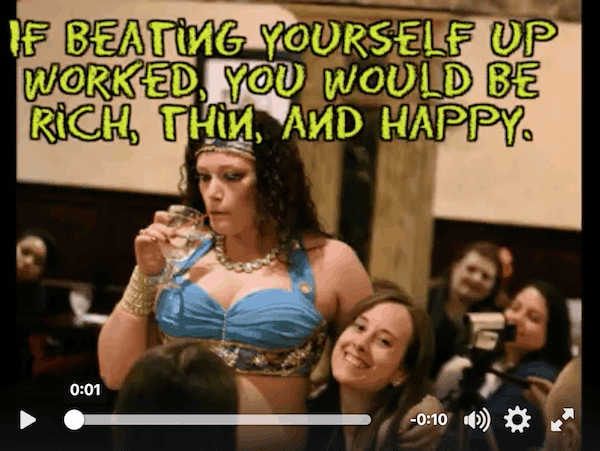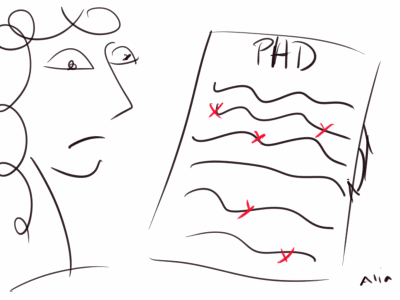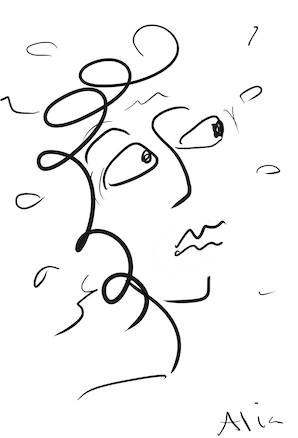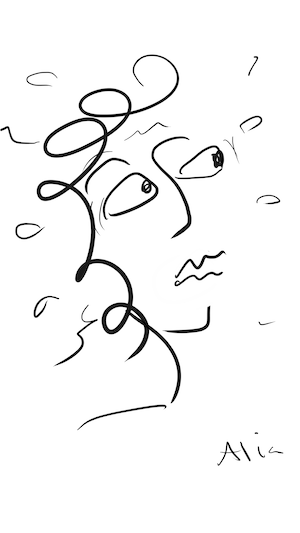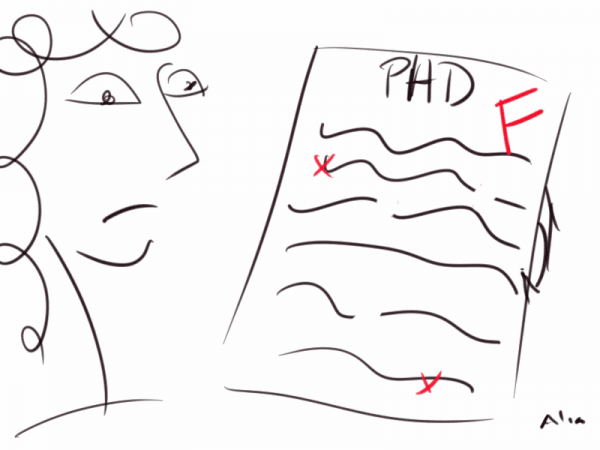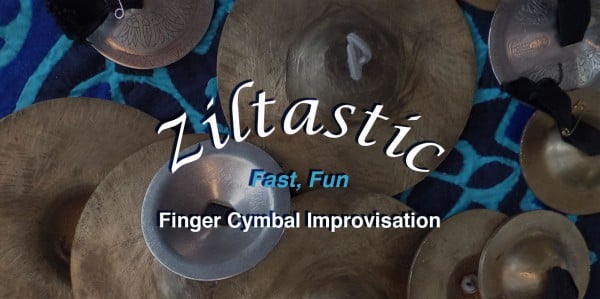Here’s a Love Note from the 2015 90 Days. This year is the 10th anniversary of the first 90 Day Dance Party! To celebrate, we’ll do a 90 Days in 2023. Tentative start date is Feb 19. Look for an early bird special for Black Friday.
It’s also the 50th anniversary of my life in Oriental dance. More about that coming up, too.
***
When I was a kid, my grandmother assured me she would pay for all my college textbooks. Not having any idea what books cost, and having been drilled in self-sufficiency, I said, Oh, no—no need. My mild, loving grandmother fixed me with a steely eye and snapped, “When someone offers you money, you take it!”
We could accept a few other things, too. Praise, for example. Thanks. Success. What happens when a student gets an award, but doesn’t tell anyone? A writer completes her novel (which took years of late nights after work and children). She puts it away in a drawer. A dancer finishes her show and runs off, leaving the audience to applaud an empty stage…
Why we reject the positive
Many of us have been slapped for pride or vanity, those convenient sins through which others put us in our place. When we think well of ourselves, do anything for ourselves, enjoy life a little bit, plenty of folks are only too happy to cut us down. (Some take a lot of satisfaction in raining on everyone else’s parade. Maybe it makes them feel better about being dreamless, unhappy, finger-pointing grinches) In any case, it hurts. A lot.
After being kicked quite a bit, we may be loathe to raise our heads again. We hunker down, keeping all our goodness to ourselves. When others compliment us, we deflect those compliments. We barely say thank you. We point out our flaws, instead. Because we are not going to be lifted up on false hopes, only to be dashed again to the rocks. We have been betrayed and disappointed in ourselves too many times for that. It’s safer, sure. But….
There’s a problem with this
Several, actually.
One is that the world is deprived of our voice, our contribution. We may feel they don’t deserve it, having been snotty to us in the past, but the world is so much bigger than our little corner of it! How many others suffer as we have done? How many would welcome a voice that validated their experience? As artists, we heal the world. When we refuse to share our wealth of insight and experience, we shut out change.
Another is that it’s rude. Our admirer is left holding the bag. Someone who was moved enough to risk coming up to talk to us just got the door slammed in their face. I don’t care how introverted, shy, or self hating we may be, it’s our responsibility to accept compliments.
A third is that it corrodes our souls. We are so hard on ourselves. Nothing is ever enough. We belittle our own efforts so routinely, we are astonished when anyone exhibits such poor taste as to compliment us. We assume that compliments are anything from empty politeness to stupidity, to the ravings of lunatics or perverts. So we deflect them. We ignore them. Or we sneer at them. And we cherish instead dissatisfaction, envy, resentment, and regret that destroy our happiness.
What can we do?
Say thank you. Genuinely. With all our heart. None of that eye-rolling dismissal. No qualifiers. We can’t know what our actions may mean to someone. Our words, activities, whatever, carry far more weight and importance than we can ever imagine. So every bit of positive feedback is to be treasured, respected, and acknowledged.
Accept thanks from others. Don’t just thank them back. Say, You’re welcome. Afwan. De nada. My pleasure. Take a moment to appreciate their gift. They want to express their feeling. It’s churlish to short-circuit this. It hurts us and them.
Celebrate success. Enjoying our own accomplishments is a vital step on the road to self-compassion. Like shutting out compliments, shutting out success leads to gray days and dark nights. It’s really okay to take pleasure in accomplishment! We are so often afraid of seeming vain or conceited. We don’t want to burden anyone. So we keep our mouths shut. But at what cost?
Wait, what if that “compliment” is really a sarcastic snark?
All the more reason to genuinely thank the giver. Graciousness is the best revenge. Nothing pisses off a detractor more than missing the mark. In fact, act really touched. Bring a tear if you can. It’s worth it. Lol, just kidding (a little). But do treat everyone as though they are genuine. Let god sort them out. Besides, sometimes the shock of kindness can change a person.
Gratitude conclusively upgrades our lives. Saying thank you, you’re welcome, and celebrating success help us appreciate the good things in our lives. Few of us are narcissists. In fact, many are hobbled by self-doubt. We could all use some more positivity and pleasure.
Look for the good.
Find the good
Cherish it. Share it.
Love,
Alia
PS We’re doing the 90 Days again. It starts Feb 19th. In honor of this, I’m posting a Love Note most weeks from now to then, each from one of the previous 90 Days.
Music: FELA Kuti! Soundcloud playlist


